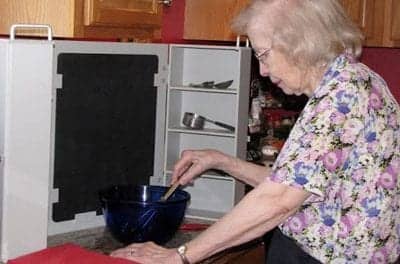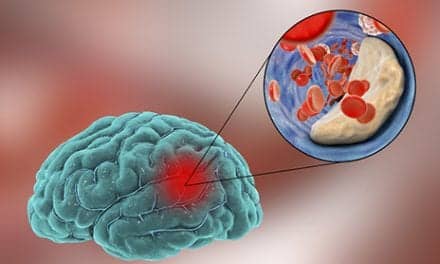For recovering stroke patients, having their family involved in the exercise therapy could significantly improve function and recovery, according to a study in the March print issue of Stroke: Journal of the American Heart Association, Dallas.
Researchers found that adding family assisted exercise therapy to routine physical therapy after stroke improved motor function, balance, distance walked, and ability to perform daily living activities. It also lowered the strain on the family members, who said participation lowered stress and was empowering
Emma Stokes, PhD, senior lecturer in physiotherapy at Trinity College Dublin in Ireland, was the study’s principal investigator.
The study involved 40 male and female stroke survivors, all Caucasian. Half received routine exercise therapy, while the others received the FAmily Mediated Exercise intervention (FAME) in addition to routine therapy.
The routine exercise therapy group included seven men and 13 women, average age 70. The FAME group had 13 men and seven women, average age 63. Family members helped the stroke patient do exercises in 35-minute increments 7 days per week for 8 weeks to improve leg function. The exercises were simple enough to be done at the bedside, either at the hospital or at home. Exercise was tailored to each individual and modified weekly to reflect improvement. Researchers assessed the outcome of the two groups after the treatment period and at 3-month follow-up.
Rose Galvin PhD, FAME’s research physiotherapist, conducted brief training sessions for the participating family members and met with them on a weekly basis.
Length of hospital stay in the family exercise group was an average 35 days compared to 40 days in the routine exercise group.
Researchers found statistically significant differences between FAME patients versus routine care patients in eight measures of impairment and activity. For example, in the 6-minute walk test, the routine group walked about 154 feet more after receiving therapy, while the FAME group walked about 538 feet more compared to baseline. Moreover, the FAME group survivors were significantly more integrated into their community at follow-up.
Family members who participated in the exercise therapy also experienced a major benefit.
"Instead of adding burden to the caregiver, participating in exercise actually enabled the family member to do something practical for their loved one in hospital," Stokes said. "Caregivers were less stressed and more empowered."
[Source: American Heart Association]




